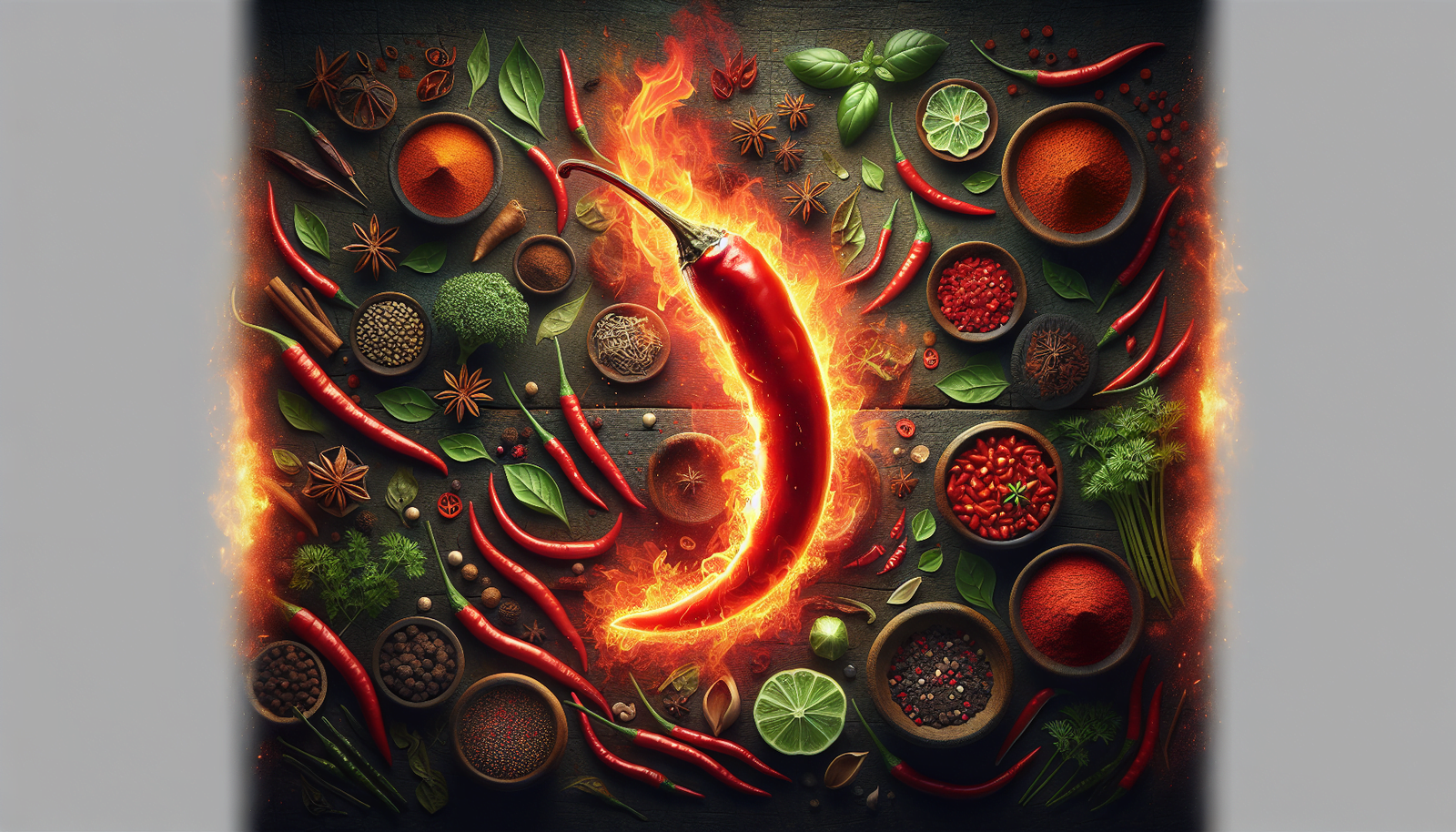I recently stumbled upon an absolute gem of a restaurant called “Red Curry – Tony’s Kitchen.” Located in the heart of the city, this Thai eatery is a culinary haven for adventurous foodies. Run by the charismatic Tony, this inviting restaurant boasts an extensive menu that showcases the vibrant flavors of Thailand. From the moment you step inside, your senses are greeted with the enticing aromas wafting from the kitchen. With its warm ambiance and friendly staff, Red Curry is the perfect spot to indulge in a taste of Thailand’s rich culinary heritage.
Origins of Red Curry
1.1 Historical Background
Red curry is a flavorful dish that originated in Thailand, a country known for its vibrant and diverse cuisine. The history of red curry can be traced back to the early 18th century, during the time of the Ayutthaya Kingdom. It was during this period that trade with neighboring countries, such as India, China, and Malaysia, flourished, bringing in new ingredients and culinary influences.
1.2 Evolution of Thai Cuisine
Thai cuisine has evolved over centuries, blending various cultural and culinary influences to create a unique and distinct flavor profile. The use of aromatic herbs, spices, and fresh ingredients is a hallmark of Thai cooking, and red curry is no exception. While traditional Thai cuisine focuses on striking a balance between different flavors, red curry stands out for its rich and fiery taste.
1.3 Introduction of Red Curry
Red curry first gained popularity in Thailand in the late 18th century with the introduction of chili peppers, which were brought by Portuguese traders. These spicy peppers were incorporated into Thai cuisine, and red curry emerged as one of the staple dishes of the country. Over time, red curry became beloved by both locals and foreigners, and its popularity spread beyond Thailand’s borders.
The Unique Flavors of Red Curry
2.1 Spice Level and Heat
One of the defining characteristics of red curry is its spice level and heat. Thai cuisine is known for its spicy dishes, and red curry is no exception. The heat in red curry comes from the use of red chili peppers, which are pounded into a paste and used as a base for the dish. The level of spiciness can vary depending on personal preference and the amount of chili peppers used.
2.2 Balance of Sweetness, Sourness, and Saltiness
In addition to its spiciness, red curry is known for its perfect balance of sweetness, sourness, and saltiness. Thai cuisine emphasizes the importance of achieving harmony among different flavors, and red curry is a testament to this philosophy. The sweetness comes from coconut milk, while the sourness is derived from ingredients like lime or tamarind. Saltiness is achieved by using fish sauce or soy sauce in the curry paste.
2.3 Aromatic Ingredients
Aromatic ingredients play a crucial role in enhancing the flavors of red curry. Common aromatics used in red curry include lemongrass, galangal, kaffir lime leaves, and Thai basil. These ingredients infuse the curry with their distinct fragrances, creating a tantalizing aroma that stimulates the senses. The fresh and vibrant aroma of red curry is one of the reasons why it is so enticing to both Thai locals and international food enthusiasts.
Key Ingredients in Red Curry
3.1 Red Curry Paste
The heart and soul of red curry lies in its red curry paste. This paste is made by grinding together a variety of ingredients, including red chili peppers, garlic, shallots, lemongrass, galangal, and shrimp paste. The combination of these ingredients creates a complex and intense flavor profile that gives red curry its signature taste. While ready-made red curry paste is readily available in stores, making your own from scratch allows you to customize the flavors to your liking.
3.2 Coconut Milk
Coconut milk is another essential ingredient in red curry. It adds creaminess to the dish and helps balance out the spiciness of the chili peppers. Coconut milk is extracted from the white flesh of mature coconuts and is known for its rich and tropical flavor. It not only contributes to the taste of red curry but also provides a velvety texture, making each bite a delight for the palate.
3.3 Protein Options
Red curry can be customized with various protein options to suit different dietary preferences. Classic protein choices include chicken, beef, pork, or shrimp, but adventurous eaters can also use tofu or vegetarian mock meat. The protein is cooked in the curry sauce, allowing it to absorb the flavorful spices and become tender and succulent. The choice of protein adds depth to the curry and complements the other ingredients.
3.4 Vegetables and Herbs
Red curry can be made even more nutritious and visually appealing by adding a variety of vegetables and herbs. Popular choices include bell peppers, bamboo shoots, eggplant, green beans, and Thai basil. These vegetables not only add crunch and color to the dish but also contribute their own unique flavors. Thai basil, in particular, imparts a fresh and slightly peppery taste that complements the curry perfectly.
Continued in next message


